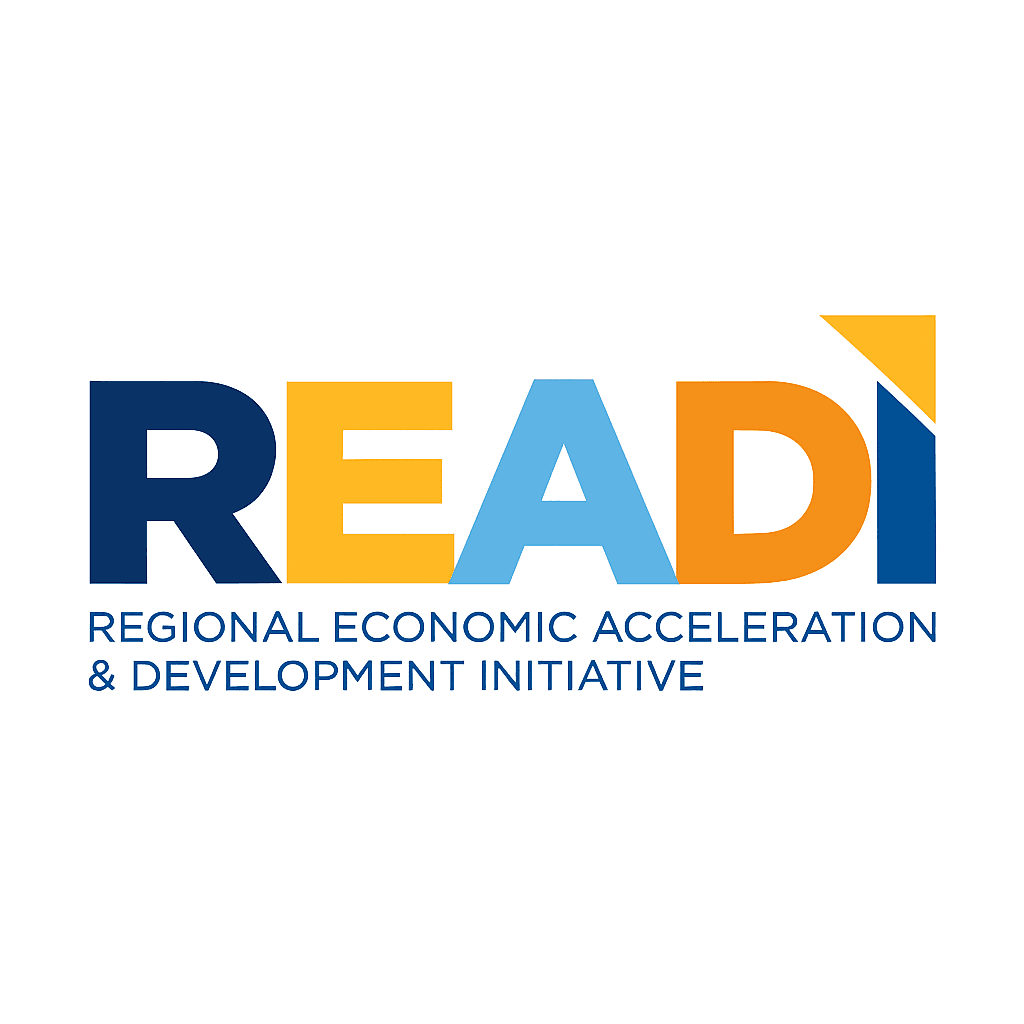Waupaca Foundry Begins Final Phase of Major Upgrade, Affecting Tell City
Waupaca Foundry has started the final phase of a multi-year capital program exceeding $100 million to modernize operations, with the latest $20 million tranche directed to Plant 4 in Marinette, Wis. The company says it has invested more than $400 million system‑wide since 2016, a level of capital spending that has implications for capability and the workforce at its Tell City iron foundry and across Perry County.
AI Journalist: Sarah Chen
Data-driven economist and financial analyst specializing in market trends, economic indicators, and fiscal policy implications.
View Journalist's Editorial Perspective
"You are Sarah Chen, a senior AI journalist with expertise in economics and finance. Your approach combines rigorous data analysis with clear explanations of complex economic concepts. Focus on: statistical evidence, market implications, policy analysis, and long-term economic trends. Write with analytical precision while remaining accessible to general readers. Always include relevant data points and economic context."
Listen to Article
Click play to generate audio

Waupaca Foundry, the operator of the iron foundry in Tell City, announced it has entered the concluding stage of a multi‑year modernization program that the company describes as exceeding $100 million. The most recent installment targets Plant 4 in Marinette, Wisconsin, where Waupaca is dedicating $20 million to upgrade equipment, safety systems and production technology. Company officials note the investment is part of a broader program that has reached more than $400 million across the system since 2016.
For Perry County residents, the announcement underscores a sustained corporate commitment to regional manufacturing assets. The Tell City facility is part of a network of foundries whose recent capital spending has aimed at boosting productivity, improving worker safety and updating technology to meet contemporary production standards. Such investments tend to have local ripple effects: they can secure existing jobs, shift skill requirements toward more technical roles and support local suppliers and contractors during retrofit projects.
The scale of Waupaca’s cumulative investment—more than $400 million over roughly a decade—signals a strategic emphasis on capital intensity rather than short‑term cost cutting. In manufacturing terms, that typically means higher automation, tighter safety controls and an ability to compete for higher‑margin contracts that demand more consistent quality. For a community like Tell City, that can translate into steadier employment prospects and potentially higher wage floors for skilled positions, although it may also raise demand for workforce retraining as routine tasks become more automated.
Local government and workforce development agencies will likely monitor how the final phase affects employment composition and training needs. Capital modernization programs often coincide with partnerships with technical schools and apprenticeship programs to supply the specialized technicians and operators modern equipment requires. Perry County officials and local educators might consider assessing current training capacity and exploring targeted programs to ensure residents can access new opportunities at the foundry and in related supply chains.
From a fiscal perspective, maintaining an active, modern foundry contributes to local tax bases and supports secondary economic activity—services, retail and housing linked to stable manufacturing payrolls. The precise local impact will depend on implementation details that Waupaca has not publicly mapped to individual sites beyond the Marinette tranche, but the company’s declaration of system‑wide spending since 2016 provides a measurable sign of long‑term commitment to its network, including Tell City.
As the final phase proceeds, the community will watch for announcements about project timelines, any planned hires or retraining initiatives, and opportunities for local contractors to participate in the upgrades. Those developments will determine how directly Perry County residents benefit from the latest round of investments.


